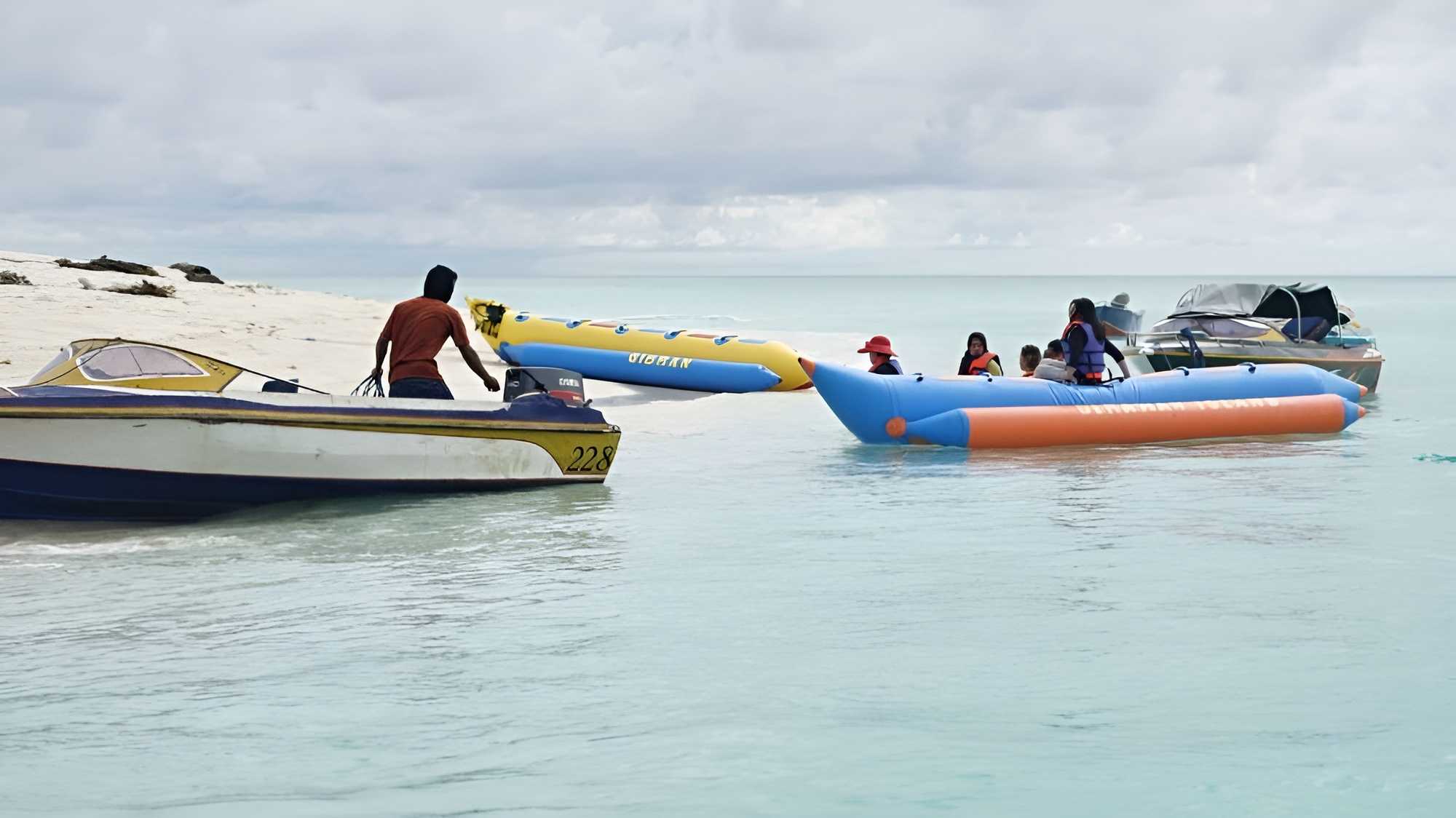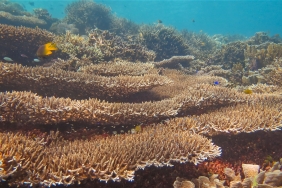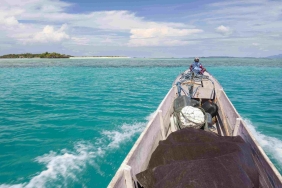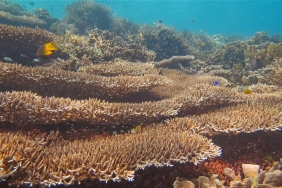SUSTAINABLE DIVING AND BEACH TOURISM MANAGEMENT STRATEGIES IN DERAWAN ISLANDS
The marine potential of the Coastal and Small Islands Protected Area (KKP3K) of the Derawan Islands and Surrounding Waters (KDPS) in Berau Regency, East Kalimantan, is currently the foundation of people's lives, especially in the tourism and fisheries sector. Efforts to protect and manage marine potential wisely and sustainably have become a concern for the Berau Regency Government. With the issuance of Regional Regulation Number 16 of 2019 which regulates the provisions for fishing and environmentally friendly fishing gear that are allowed so as not to damage the marine ecosystem, as well as the Regional Regulation (Perda) of Berau Regency concerning the Regional Tourism Development Master Plan (Rippda) for 2017-2025, it has become a new hope for the Regional Government of Berau Regency in tourism development to become a mainstay sector.
Unfortunately, efforts to protect marine ecosystems, especially in the KDPS area, are still rarely a concern for local communities and other parties who are expected to support these efforts. WWF-Indonesia in collaboration with Taka Foundation and Mulawarman University through the EU Ocean Governance Project has monitored the health of coral reefs, and assessed the carrying capacity of diving and beach tourism in the KDPS area which was carried out in March and June 2021.
As a follow-up to the data collection, dissemination was carried out on the results of coral reef health monitoring studies and assessment of the carrying capacity of diving and beach tourism to the East Kalimantan Provincial Government, Berau Regency Government, Village Government and other partners. This dissemination activity was carried out through an online presentation in April 2022 with Yunda Zuliarsih (Secretary of the Berau Regency Fisheries Service) as moderator and inviting 3 speakers, namely Kartika C. Sumolang (WWF Indonesia Foundation), Erwiantono (Mulawarman University), and Miko Budi Raharjo (Taka Foundation).
Data collection for coral reef health monitoring was carried out at 20 points within the Derawan Islands and Surrounding Waters (KDPS) area with 5 additional points outside the area as controls. In this monitoring there are 3 zones, namely, the Core Zone (No Capture Zone), Limited Utilization Zone (Utilization Zone) and Other Zones. Data collection of coral reef health monitoring is carried out by direct monitoring of small fish, large fish, and benthic observations. The results of monitoring coral reef health show an average percentage of overall hard coral cover in the medium category (32.80 ± 1.52%). While the total abundance of target fish was highest in the observation of 16 families in the KDPS was in the Core Zone (3,141 ± 803 individuals/ha).
Through the data collection, there were also indications of fishermen who still use fishing gear that is not environmentally friendly, taking turtles, and their derivatives, and the presence of coral faults on the seabed — the easiest to recognize — due to anchors. Yunda Zuliarsih added, "In addition to this, there are also several things that are still a challenge so far, namely the rampant fishing activities that result in ecosystem damage (destructive fishing); the bustling development of resorts over the sea and ports, especially in the areas of Derawan Island and Maratua Island; and also illegal mining of coral rocks as happened on Balikukup Island".
In addition to monitoring the health of coral reefs, the potential for diving tourism and beach tourism in the Derawan Islands and Surrounding Waters (KDPS) area which has been an attraction for domestic and foreign tourists also needs to be studied for its carrying capacity. Based on the results of a study of the carrying capacity of beach and diving tourism conducted at selected observation locations, namely in Derawan Village and Big Dipper Village. Both of these locations have a great marine ecotourism attraction and have almost the same facilities. However, road access is quite challenging plus transportation is costly. Although this accessibility is not directly related to tourism management, it is very important to note because it can affect the creative economy in this region. In addition, it is very important for tourist areas to have good public facilities and telecommunication access.
The carrying capacity of beach tourism at the observation location ranges from 372 people per day to 537 people per day. As for the carrying capacity of diving tourism, the average number of divers that can be accepted in one location is 68 divers per day. From the results of the study, the carrying capacity of beach and diving tourism has a very suitable status to be developed for sustainable ecotourism activities, namely by applying safety, comfort, and responsible standards.
Information and data from this dissemination are expected to realize synergy and provide mutual advice between partners for development, especially areas in Berau Regency. The strategies that can be done to support efforts to protect and utilize coral reef ecosystems as well as sustainable management





